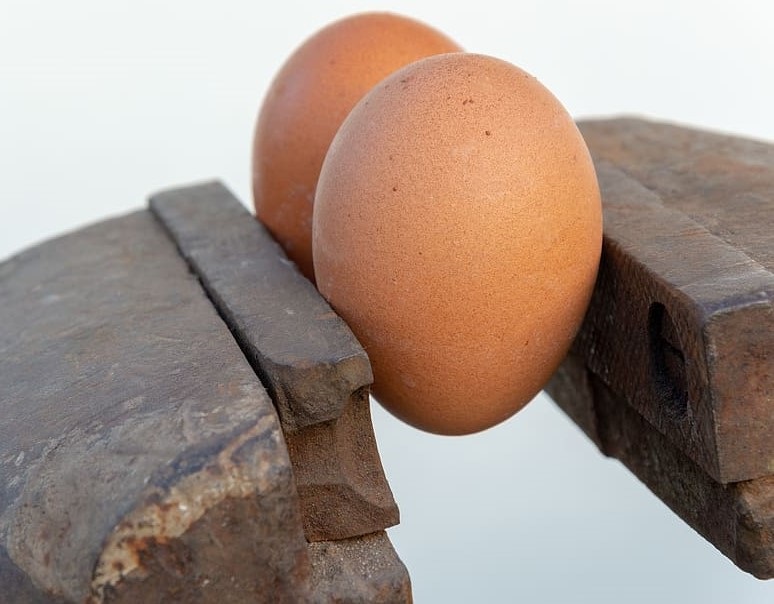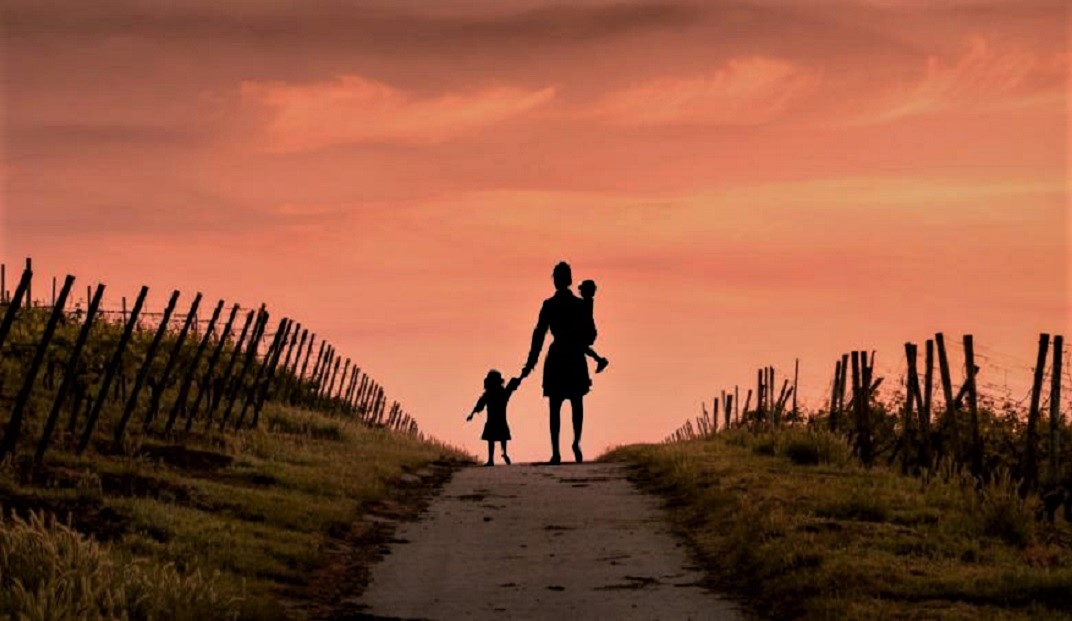Resource constraints and questionable allocation are making life’s needs unaffordable for many, but the future is still unwritten and we have choices left.
It’s much easier to get by when everything we need to live is affordable and easy to access. Making things less expensive has been the ostensible focus of the economy for several generations now, whether that cost reduction came through undercutting the cost of labor and environmental standards, outsourcing, automation, substitution, the agricultural “green” revolution, or even industrialization itself. It worked for a while, too, with artificially cheap food, textiles and energy coming to be viewed as American birthrights. Unfortunately, the costs of “cheap everything” are piling up, driving collapse in insidious ways. When life becomes unaffordable, how then shall we live?
Evidence that the American lifestyle is increasingly unaffordable for average people is becoming visible around us in obvious and less obvious ways.
The cost of renting a home is increasing across the United States. About a third of Americans, more than 44 million households, are renters. In New York, workers earning $15 per hour need to work at least 109 hours per week to be able to pay the rent on a studio apartment. According to Zillow, rents last month were about 5% higher than in May of 2022, with “typical rents” in excess of $2000 per month, and there is no state where low-wage earners can afford median rents on a 2-bedroom apartment. While fewer people are crying over the fates of landlords, it’s harder on their end too. Without hiking rents to unaffordable levels, they’re finding it harder to properly maintain the buildings they own.
Nearly half of those rental households, 21.6 million, are “cost-burdened,” meaning that they spend more than 30% of their income on rent, with 11.6 million households spending more than 50%. When rent itself becomes unaffordable, the alternative is often homelessness. A 2018 study by Zillow found that communities where people pay more than 30 of their income on rent, rates of homelessness climb faster. When people have to spend an outsized portion of their income on rent, they have proportionately less money for other needs, including emergency funds. One unexpected bill, job loss, or even simply aging, can send people on a downward spiral to the streets.
One of those unpayable bills may well be a resumed student loan. As part of the deal with House conservatives to avoid a national default, President Biden lifted the pandemic-based pause on student loan repayments, which will start again in October. With 45 million Americans back on the hook for an average $393 monthly payment, the coming “student loan cliff” will take $18 billion in spending out of the economy each month.
When life becomes unaffordable but people can’t simply earn more, the first step, where available, is often to take on more debt. At the end of 2022, private sector debt (like student loans, mortgages, credit cards, and business loans) equaled 165% of GDP, an even deeper hole than public sector (government) debt at 123% of GDP. Carrying a large debt burden, as people often do after college, or slip into during recessions, means putting off home purchases, starting a family or a business. Individuals, families, and society become less stable as a result.
Stability is also threatened by the changing climate. Climate becomes an affordability problem not only because of the heightened chaos of disaster events (wildfires, floods, storms, drought, and their downstream effects), but by the cost of recovering from them. Traditionally, rebuilding is less unaffordable when risk is shared and disasters are rare.
These days, such disasters are becoming commonplace. So common, in fact, that insurers – those who organize the pooling of risk – are no longer going to cover rebuilding in some areas especially prone to disasters. Currently, neither Allstate nor State Farm are selling new home insurance policies in California, citing the high cost of rebuilding after the state’s wildfire season among the reasons for their exit from the market. In the past five years, there have been an average of over 7,000 wildfires per year in California. Hurricane-prone Florida and Louisiana have also lost insurers willing to cover rebuilding.

All of this is connected, and it all depends upon growth.
It’s the nature of our capitalist economy to rely on growth to keep everyone employed, to keep goods and services cheap, and to keep the economic engine running. Unfortunately, growth also means extracting more resources from our finite supply every year, and finding more places to unload pollution, too. Natural systems can keep this going for a while; after all, trees regrow, and some waste composts back into soil. The problem comes in when people require more resources than can be replaced, and pollute more than nature can absorb and turn into something new.
Together, the lack of new resources and the buildup of pollution create a drag on the economy and it is going to be hard, maybe impossible, to simply innovate ourselves out of that hole.
For one thing, the economy relies on cheap energy. How cheap? It needs to be expensive enough that energy producers can make a profit to keep the business going, but cheap enough that consumers can afford to buy the goods and services produced with that energy. Extraordinarily cheap oil built the modern world, but now that we’ve already consumed the easy-to-get oil (and overfilled the biosphere with pollutants from using it), economic cycles are slowing down. The squeeze of higher prices meets the pressure of lower wages, and you and I are in the vise.
Something will eventually need to give way. We may need to power down and become accustomed to a life with less in the way of material goods, smaller homes, more roommates, and fewer experiences like travel. It won’t be fun or easy, and it’ll take some creativity, but it can be done. We may also decide, as a society, that we can no longer afford the luxury of supporting people who spend a quarter million dollars for rides on a tourist submarine or a $55 million for a private space vacation while so many Americans skate on the edge of homelessness.
The future is a work in progress. There aren’t as many options as there used to be, but we should make better choices with the resources that are left.
Related: Rebuilding After a Fire is a Disaster


Join the conversation!